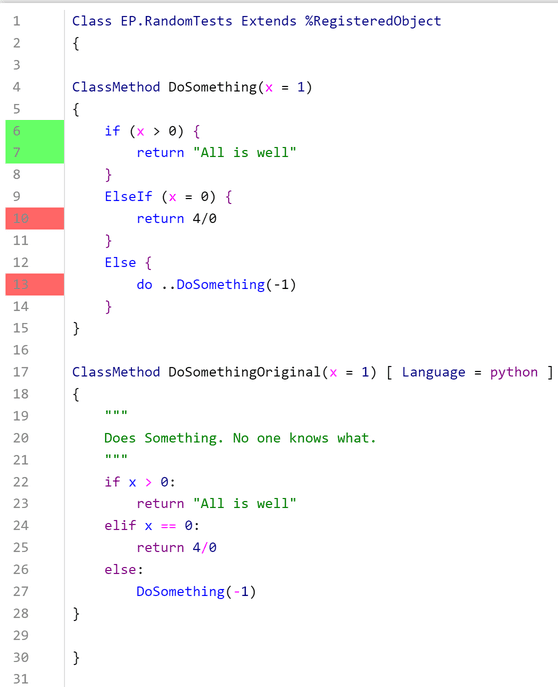I have an Embedded Python method, which is essentially a call to one third-party module.
Most of the time, the method takes <0.1 seconds to execute, but sometimes it takes 30 or 60 seconds.
The server is relatively idle (20-30% CPU load).
How can I debug this issue further? Ideally, I want to know where this library spends the time. The library is mainly Python code (it's boto3, so it's not a Python C API proxy library).

.png)
.png)
.png)
